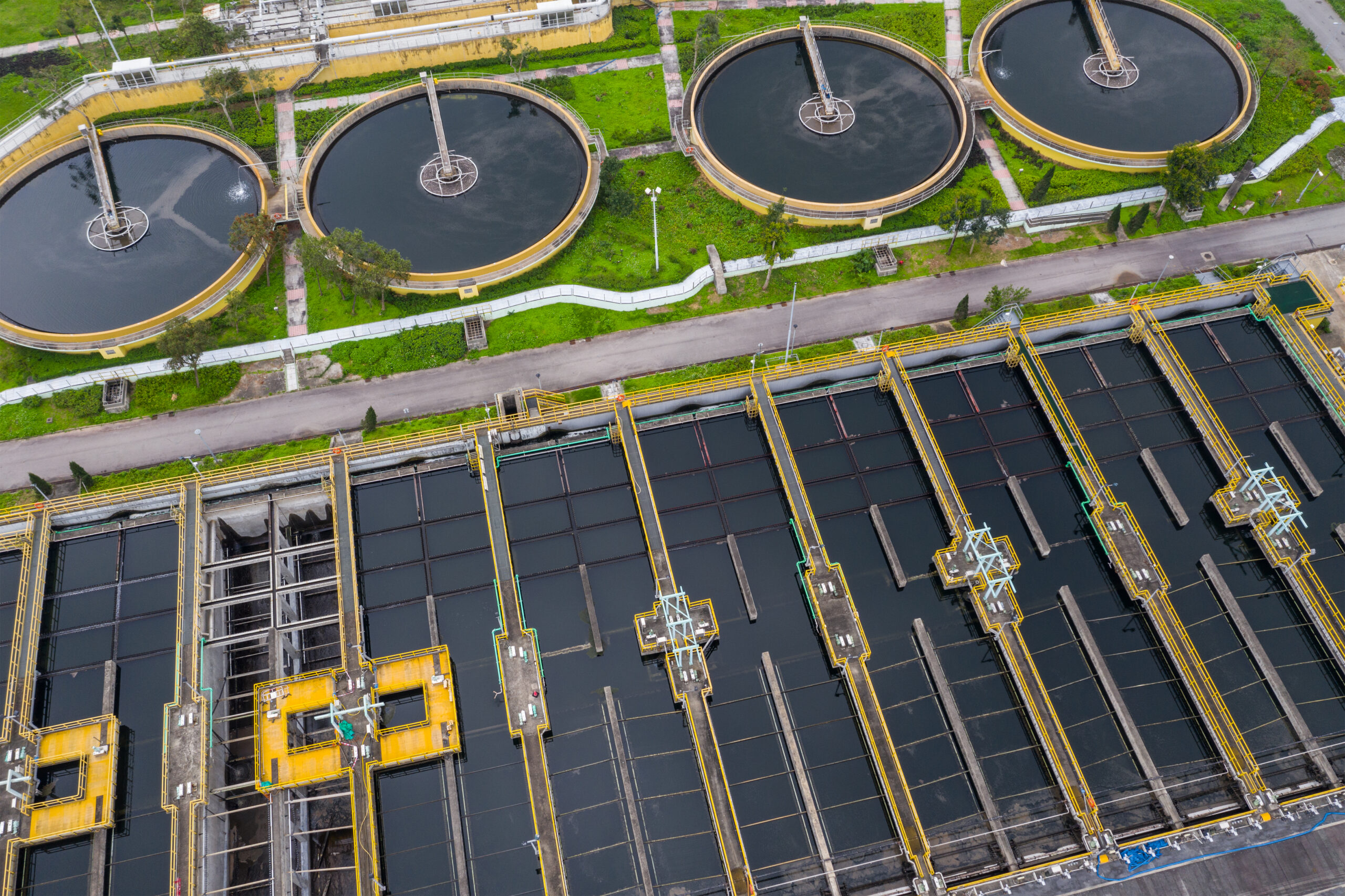Water conservation strategies for businesses to save money

In today’s fast-paced business world, sustainability is no longer a luxury—it’s a necessity. Among the various environmental initiatives, water conservation stands out as one of the most impactful ways for companies to reduce operating costs while advancing global sustainability goals. Businesses consume large volumes of water for cleaning, manufacturing, landscaping, and daily operations, often without realizing how much they waste. Adopting water conservation strategies not only preserves this critical resource but also significantly lowers utility bills, improves corporate image, and prepares companies for future regulations and environmental challenges. Therefore, implementing innovative approaches to water management can make a profound difference financially and environmentally.
Understanding the Value of Water in Business Operations
Water is essential for nearly every business sector, from hospitality and agriculture to technology and manufacturing. However, it is often undervalued because it’s relatively inexpensive compared to other utilities. Many companies overlook the hidden costs associated with water waste, including higher energy costs for heating and pumping, maintenance fees, and the environmental impact of overconsumption. When businesses recognize water as a strategic asset rather than a mere utility, they begin to see how managing it effectively can lead to long-term financial benefits.
Incorporating water conservation strategies into daily operations encourages employees to rethink resource management. When staff understand the connection between their habits and the company’s sustainability goals, they become active participants in conservation efforts. Moreover, even small operational changes, such as adjusting equipment or modifying cleaning routines, can result in substantial savings. The first step is awareness—knowing where and how water is used and wasted sets the stage for improvement.
Conducting a Comprehensive Water Audit
Before any conservation initiative can succeed, businesses must know where their water is going. A professional water audit is one of the most efficient ways to identify leaks, inefficiencies, and overuse. Through this assessment, companies can map out their water flow, detect unnecessary consumption, and prioritize areas that require attention. This approach not only highlights wasteful practices but also helps establish a baseline for future improvements.
Once the data is collected, companies can take targeted actions to reduce usage without compromising productivity. For example, they might adjust irrigation schedules, replace outdated fixtures, or optimize cooling systems. These actions are far more effective when guided by audit insights rather than assumptions. With data-driven water conservation strategies, businesses gain control over their consumption and make informed decisions that yield measurable results.
Upgrading Equipment and Infrastructure
Outdated plumbing systems, inefficient appliances, and aging cooling equipment are common culprits of water waste. Modern technologies, such as low-flow faucets, water-efficient dishwashers, and innovative irrigation systems, can drastically cut water usage while maintaining performance. Upgrading equipment might seem costly at first, but the long-term financial savings often outweigh the initial investment. Furthermore, these upgrades tend to reduce energy costs, since less water typically means less energy spent on heating or pumping.
Businesses should also inspect their infrastructure for leaks and inefficiencies. Even a small leak can waste hundreds of gallons over time, leading to inflated utility bills and unnecessary resource loss. Regular maintenance schedules and proactive monitoring systems ensure that problems are detected early. Over time, consistent attention to equipment and infrastructure forms the backbone of sustainable water conservation strategies that deliver ongoing benefits.
Implementing Smart Water Management Systems
As technology advances, so do the opportunities for more innovative resource management. Businesses can now use Internet of Things (IoT) systems to monitor water flow in real time, detect leaks instantly, and even automate water use based on need. These innovative management systems not only improve efficiency but also provide valuable insights into consumption patterns. The ability to collect and analyze data enables managers to adjust operations dynamically, ensuring that no drop goes to waste.
Moreover, integrating these systems into broader sustainability programs strengthens a company’s environmental credibility. Customers and partners increasingly favor businesses that adopt innovative, responsible practices. Thus, implementing technology-driven water-conservation strategies enhances operational efficiency and brand reputation. The combination of data intelligence and proactive management empowers companies to stay ahead of regulatory changes while saving money.
Promoting Employee Engagement and Training
Sustainable water use is not just a management responsibility—it’s a collective effort. Employees play a crucial role in effectively implementing conservation measures. Regular training sessions can help staff understand the importance of saving water and how their daily actions influence consumption levels. When workers see tangible results from their efforts, such as reduced bills or recognition from leadership, they become more motivated to sustain those behaviors.
In addition, fostering a culture of accountability encourages long-term commitment. Employees can offer practical suggestions for improving efficiency, as they often notice wasteful practices firsthand. Empowering staff to contribute ideas or participate in conservation initiatives strengthens the company’s sustainability culture. Over time, this inclusive approach ensures that water conservation strategies are deeply embedded in the organization’s values and routines.
Partnering with Sustainable Suppliers and Communities
Businesses do not operate in isolation; their impact extends throughout their supply chain and local communities. Partnering with suppliers who prioritize sustainability amplifies the benefits of internal conservation measures. For instance, companies can collaborate with vendors that use water-efficient manufacturing processes or packaging solutions. By aligning with environmentally conscious partners, businesses demonstrate a commitment to responsible resource management beyond their immediate operations.
Furthermore, engaging with the community strengthens corporate social responsibility. Supporting local water preservation projects or educational programs helps build goodwill and reinforces a brand’s sustainable image. When companies actively participate in conservation beyond their walls, they inspire other organizations and individuals to do the same. This collective effort magnifies the effectiveness of water conservation strategies and contributes to broader environmental progress.
Additional Information
- Blog
- educational programs, environmental initiatives, plumbing systems
- Steve Weymer